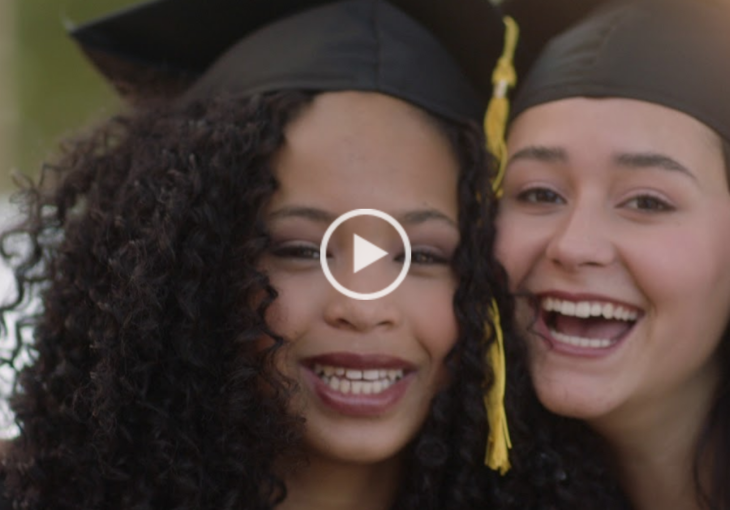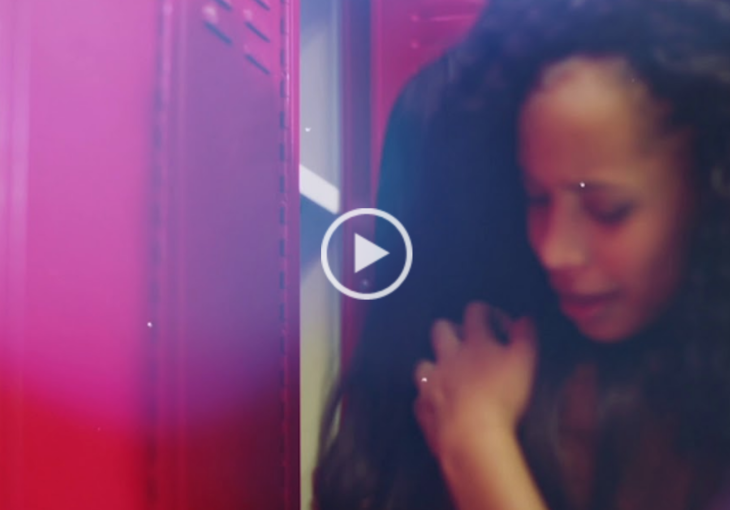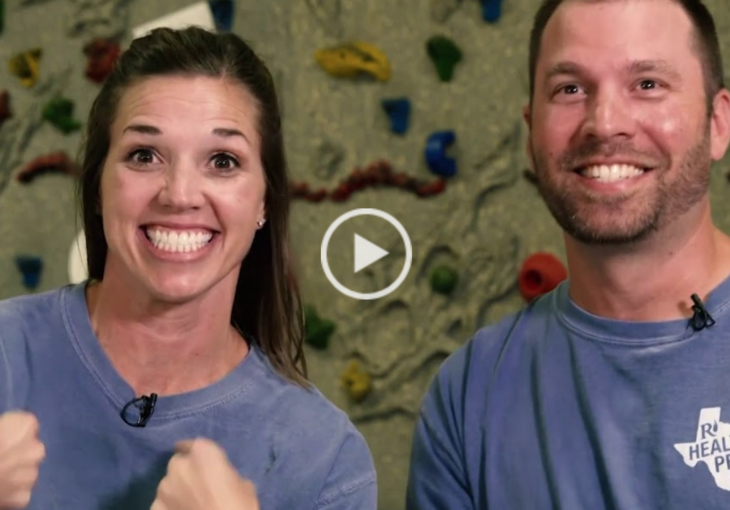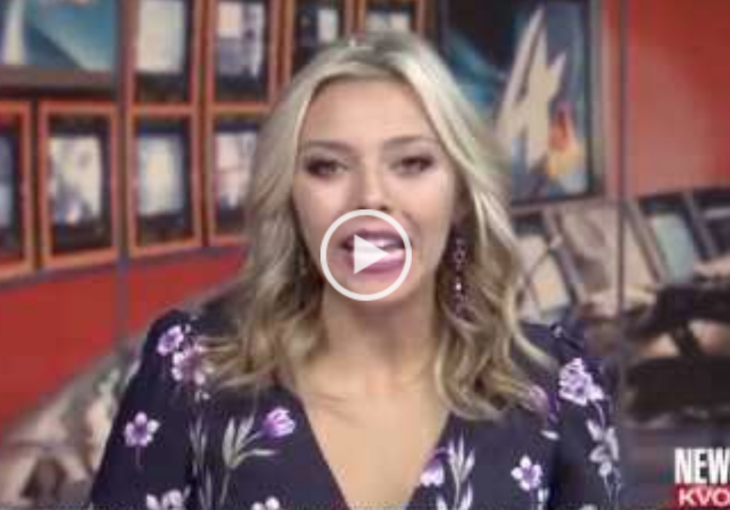


Shared Moments 1 (Video)

Thank You (Video)

2018 Hands-Only CPR Highlight Reel (Video)
MENA Heartsaver Month promotes heart health and CPR training programs
March is Heartsaver Month in the Middle East & North Africa (MENA) region, and with cardiac arrest claiming more lives than colorectal cancer, breast cancer, prostate cancer, influenza, pneumonia, auto accidents, HIV, firearms, and house fires combined worldwide, it’s crucial to learn CPR in the event that you find yourself in a lifesaving situation.
Cardiac arrest can occur to anyone at any time – often occurring outside of a hospital, like at home, at work or at play – and the victim may be someone you know or love. Every minute CPR is delayed, a victim’s chance of survival decreases by 10 percent. Immediate CPR from someone nearby can double or even triple that victim’s chance of survival.
Learn the simple steps of Hands-Only CPR to become a lifesaver in the event of a cardiac emergency. Hands-Only CPR is CPR without mouth-to-mouth breaths and is recommended for use by people who see a teen or adult suddenly collapse in an “out-of-hospital” setting. It consists of two easy steps: 1) call 9-1-1 or your local emergency number (or send someone to do that); 2) push hard and fast in the center of the chest.
In addition, global training and awareness programs increase the likelihood of a lay responder being on-hand to provide CPR and treatment using an Automated External Defibrillator (AED). Programs like Connected Pulse use technology to better connect victims and rescuers – both professional and lay responders. This unique end-to-end solution combines education programs to increase awareness of CPR, the use of publicly-available AEDs, and new technologies to strengthen the ‘chain of survival’ from the moment an incident occurs to the patient leaving the hospital.
Connected Pulse emphasizes four critical steps of the chain of survival: 1) alerting emergency medical services; 2) giving CPR to the patient; 3) delivering treatment using an AED; and 4) advanced critical life support, provided by the emergency medical services.
Celebrate Heartsaver Month by finding a CPR training solution that works for you and learn how to save a life.
For more information on CPR, visit international.heart.org. All tools and materials to help plan activities and spread the message can be accessed online in English and Arabic.
Holiday Heroism: How one family will be forever “thankful” for CPR
Susan Brooks is a fitness instructor and elementary and middle school archery and track coach in Shawnee, OK. She has been AHA trained in CPR for 30 years. Susan agreed to be interviewed by the AHA CPR & First Aid Blog to share her own holiday miracle with us this season.
Susan, tell us your story.
It was Thanksgiving Day 2013. My husband, Stephen, our daughter and I were walking out the door when Stephen suddenly told me he didn’t like what I was wearing… which was bizarre. He’d never criticized my clothes before! But, OK, I went to change and was looking for a new outfit when I heard my daughter scream from the living room.
I raced in and found Stephen lying on his side across the hearth. He was having a seizure, and his body was locked-up. I was able to move him to the floor while our daughter called 9-1-1. Once the seizure ended, I checked his vitals and couldn’t find a pulse; I started to perform Hands-Only CPR.
I performed it for what felt like a long time. I was becoming tired, but kept on as I was trained because my husband’s life depended on it. Eventually, Stephen began to move just as the paramedics entered the house. I stopped compressions, searched for a pulse, and felt a weak one as he began to resume consciousness.
Do you know what caused his heart to stop?
They discovered a brain tumor in the ER. The tumor had caused him to seize, and the seizure is what prompted the heart attack. He was taken for emergency surgery to remove the tumor, which was a success.
And after the surgery?
After he woke up, he claims that his chest was the only thing hurting. “Why does my chest hurt?” He actually asked that! “Because I saved your life!” was my reply….
Stephen spent 10 days in the hospital, and incredibly has not suffered any long-term damage. He’s doing great.
What went through your head at the time this happened?
“I can’t believe I’m doing this in my home on my husband on Thanksgiving.” It was surreal, and honestly very traumatic for our whole family. After the fact, I was able to appreciate in a completely new way all of those years of training that brought me to that exact moment.
What has been the impact on your family?
We’re very appreciative that we still have Stephen with us. My daughter now wants to go to medical school. As for me, working in my job I’ve always expected this kind of situation to happen when we were exercising—not on a holiday just walking out the door.
I cannot say enough how grateful I am for the AHA and its training. Their work developing better processes and procedures and promoting CPR education has saved countless lives, including Stephen’s.
What message would you give others this holiday?
You don’t know what you’re going to encounter in life or when, but CPR gives you the tools you need to save someone when that moment comes. What if I hadn’t known what to do in that moment and Stephen had died?
“This is what CPR means to me. That’s the impact. My husband is the one that I was meant to save.”

